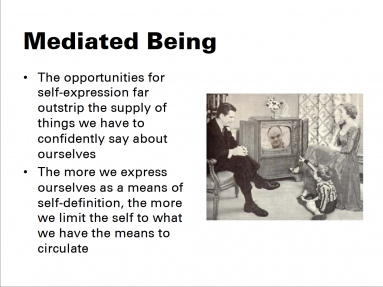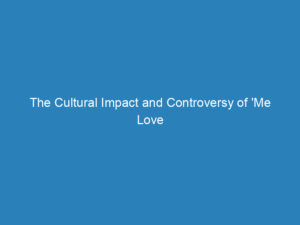
Navigating the Postauthentic Self: Identity Construction in the Age of Social Media
The rapid evolution of social media has created an environment where the urge to express ourselves often exceeds our ability to articulate our true thoughts and feelings. As we navigate this digital landscape, we find ourselves borrowing identities from the vast network around us, drawing inspiration from potential future selves and the media that shapes our self-perception. However, this phenomenon comes with its own set of challenges.
The Paradox of Self-Expression
While social media platforms provide an abundance of tools—ranging from images and emojis to likes and shares—that encourage us to define our identities, they also constrain us. As we curate our online personas, we inadvertently limit our understanding of who we are to what can be easily expressed and circulated. The identities we construct often hinge on the very media we use to express them, raising questions about the authenticity of our self-representations.
The Illusion of Freedom
These platforms allow us to present ourselves in ways that seem limitless, giving the impression that we are constantly evolving. Yet, the more we engage with social media, the more we find ourselves conforming to its inherent incentives, transforming every experience into a strategic display. This raises a critical concern: how do we navigate the tension between our dynamic, multifaceted selves and the static profiles that exist in the digital realm?
The Archive vs. The Feed
Social media’s dual nature—serving as both an archive of our past selves and a real-time feed of our current thoughts—creates pressure to maintain an image of authenticity. If individuals believe in the existence of a unique “true self,” the public archive often undermines this belief, exposing inconsistencies and questioning the originality of their expressions. This struggle between preserving one’s authenticity and engaging with the network can be overwhelming.
The Concept of the “True Self”
Many users approach social media as a space for vulnerability, a platform where they can showcase their ongoing journey of self-discovery. However, this exposure often leads to a permanent record of who we are becoming, contradicting the notion of a fluid, evolving identity. The challenge lies in reconciling the desire for immediate validation with the understanding that our digital footprints may not accurately reflect our true selves.
A Negative Theology of Self
Artist Molly Crabapple once noted that the essence of our being is often beyond the grasp of algorithms, suggesting that deeper engagement with social media might reveal aspects of our identity that remain untranslatable. As we navigate these platforms, we may discover what cannot be easily shared, allowing space for the ineffable elements of our selves to exist. In this context, sharing becomes an act of shedding the superficial, creating a barrier that protects the sacred, inexpressible core of our identities.
The Emergence of the Postauthentic Self
As we grapple with the complexities of self-representation online, the concept of the “postauthentic self” emerges. This idea suggests that the traces we leave behind in our daily interactions can be stitched together into a makeshift identity, shaped by feedback and algorithmic processing. Instead of viewing ourselves as problems to solve, we can embrace our identities as novelties to be enjoyed.
Virality as Identity
In this digital age, the ability to circulate content becomes a defining characteristic of our identities. We become “viral selves,” where our worth is measured by our ability to engage and resonate with others. The self becomes a collection of moments that can be shared, liked, and re-shared, shifting the focus from deep personal connections to fleeting interactions.
The Mechanics of Virality
Content that captures attention is often more about the form it takes than its inherent value. The techniques employed by platforms like Upworthy illustrate how virality can overshadow the content itself. By prioritizing engagement metrics over authentic storytelling, we risk diluting the meaning behind our expressions, reducing our identities to mere data points.
Rethinking Authenticity
As we become more entrenched in social media dynamics, feelings of authenticity may become intertwined with metrics of engagement. We find ourselves performing our emotions, crafting reactions that align with what is expected in the digital space, rather than experiencing genuine feelings. This shift raises important questions about the nature of connection in a world that values circulation over substance.
In this landscape, our identities are constantly at risk of becoming blank slates if they fail to engage with the viral nature of content. The pressure to keep pace with the demands of social media often leads to an overwhelming sense of inadequacy, where the absence of engagement feels like a failure to contribute to the social dialogue.

